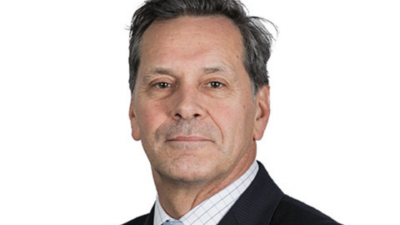If we’re in a bubble, look for anti-bubble investments
Investors have long worried about ‘bubbles’ and ‘busts’. But there are also stocks which could be termed ‘anti bubble’. In its latest client note, Research Affiliates, the US-based smart-beta specialist, which opened an office in Melbourne last year, the authors, including the firm’s famous founder, Rob Arnott, define the landscape.
In the current environment, after a long bull run in the US and other equity markets, an ‘anti-bubble’ defence sounds appealing. Arnott and his colleagues – Bradford Cornell and Shane Shepherd – say in the note, titled ‘Bubble, Bubble, Toil and Trouble’ say that Tesla, Bitcoin, and some US tech stocks are valued by the market way above their fundamentals. They are “well into bubble territory”, they say.
According to the note: “These assets are well avoided by investors, as are US market cap-weighted indices, which have an historically large concentration of pricey and overvalued large-cap tech stocks. Investors who take advantage of today’s anti-bubbles have the opportunity to add value by investing in the emerging markets, particularly state-owned enterprises (SOEs), and by averaging into the UK stock market where stocks are feeling the pressure of Brexit-related uncertainty. Value-oriented smart beta strategies in both the developed and emerging markets offer investors promising investing opportunities outside the many bubbles in today’s global markets.”
In April last year, Research Affiliates looked to provide what it believes is the first-ever definition of a bubble that can be used to identify it in real time – contemporaneously. That paper included the oft-repeated quote: “the market can remain irrational far longer than you can remain solvent”. In its academically oriented fashion, a footnote to that Research Affiliates paper said: “This quote is often attributed to John Maynard Keynes, but the first documented use of the expression was by A. Gary Shilling in the early 1990s.”
For investors to consider is the firm’s definition of ‘anit-bubble’. It is: “… An asset or asset class that requires implausibly pessimistic assumptions in order to fail to deliver a solid risk premium. In an anti-bubble, the marginal seller disregards valuation models, which are indicating the asset is undervalued. In this article, we also identify anti-bubble opportunities.”
The authors end their note, which is really an update on the Research Affiliates April 2018 paper, in a positive fashion. They say: “At present, there are many interesting investment opportunities and sensibly priced asset classes. Notwithstanding the experience at the end of 2018, it is exceedingly rare for all risk assets to fall at the same time. As is so often the case, the promising investment opportunities are not the popular and beloved assets of today, but are the ugly ducklings, the unloved, feared, and even loathed assets.”
– G.B.










